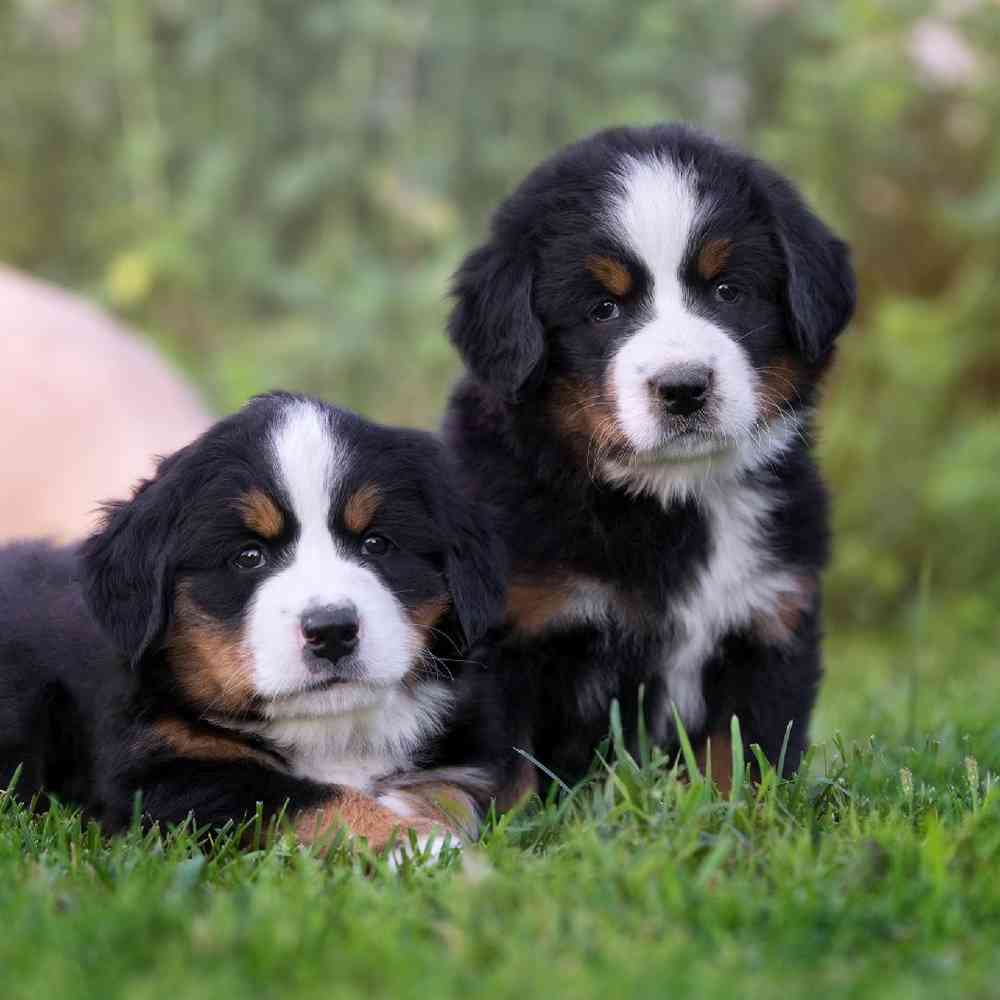
Big, powerful, and built for hard work, the Bernese Mountain Dog is also strikingly beautiful and blessed with a sweet, affectionate nature. Berners are generally placid but are always up for a romp with the owner, whom they live to please.


The Bernese Mountain Dog is a striking. tri-colored, large dog. He is sturdy and balanced. He is intelligent, strong and agile enough to do the draft and droving work for which he was used in the mountainous regions of his origin. Dogs appear masculine, while bitches are distinctly feminine.
Working
The Bernese is one of four varieties of Swiss Mountain Dog. The Bernese is known in native land as Berner Sennenhund. The Bernese shares similar distinctive coloring with the other varieties of Swiss Mountain Dog, but it is the only one of the four to have a long, silky coat. The Bernese worked as drovers and draft dogs as well as watchdogs in the farmyards, mainly in the Canton of Berne, Switzerland. The ancestors of the Bernese dogs were brought into Switzerland over two thousand years ago by the invading Roman soldiers. Until a few years before WWI, the Bernese had been almost forgotten by all save the oldest inhabitants of Berne, when the breed had become practically unrecognizable. It was not until 1892 that the Swiss fancier Franz Schertenleib attempted to find good specimens to be used as breeding stock.
Farm dogs by heritage, Berners need a moderate amount of exercise as well as consistent obedience training. As a double-coated breed, they also tend to shed, and so require regular brushing. Their gentle, easygoing manner and the need to be close to their people makes them a good fit for families.